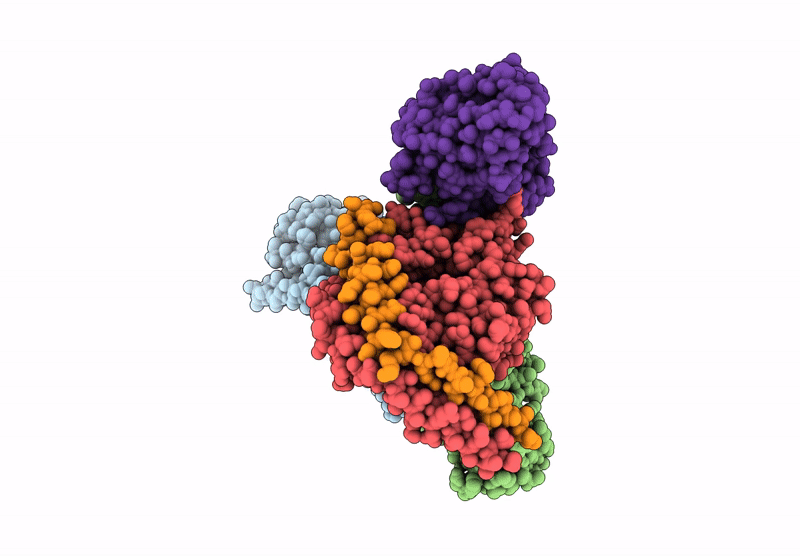
Deposition Date
2024-06-29
Release Date
2025-04-02
Last Version Date
2025-05-14
Entry Detail
PDB ID:
9CGK
Keywords:
Title:
CryoEM structure of delta opioid receptor bound to G proteins and a full bitopic agonist
Biological Source:
Source Organism:
Homo sapiens (Taxon ID: 9606)
Mus musculus (Taxon ID: 10090)
Mus musculus (Taxon ID: 10090)
Host Organism:
Method Details:
Experimental Method:
Resolution:
2.62 Å
Aggregation State:
PARTICLE
Reconstruction Method:
SINGLE PARTICLE


